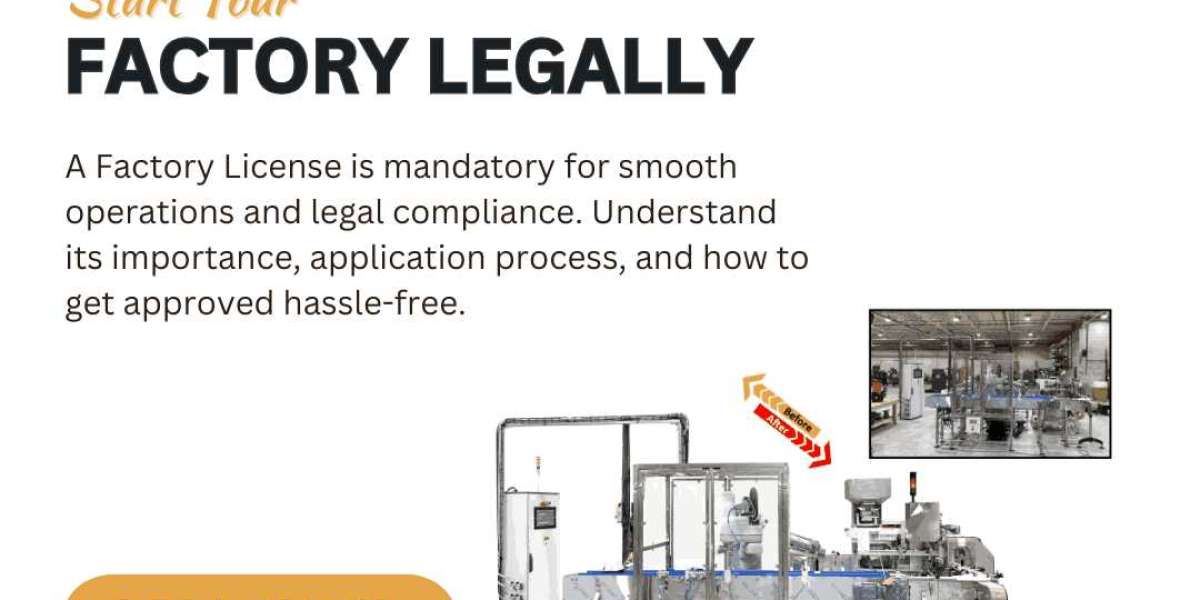The first step in reducing industrial accidents is conducting a thorough risk assessment. Every workplace has unique hazards depending on the nature of operations, machinery used, and materials handled. Identifying potential risks allows management to develop effective safety protocols and preventive strategies. Regular inspections and audits of equipment and processes help in spotting vulnerabilities before they escalate into serious accidents.
Employee training is another critical element. Workers must be educated about safety procedures, proper use of equipment, and emergency response protocols. Regular workshops, drills, and safety briefings reinforce awareness and ensure employees understand their responsibilities. When employees are well-informed, they are better equipped to avoid accidents and respond efficiently if one occurs.
Proper maintenance of machinery and equipment is essential. Industrial machines are prone to wear and tear, which can lead to malfunctions or breakdowns. Implementing a strict maintenance schedule, routine checks, and timely repairs can prevent accidents caused by faulty equipment. In addition, workplaces should invest in advanced safety technologies such as automated shut-off systems, sensors, and protective barriers.
Compliance with safety regulations is mandatory. Governments and regulatory authorities have laid down standards that industries must follow, covering aspects such as fire safety, chemical handling, ergonomics, and emergency preparedness. Non-compliance not only increases accident risk but can also result in legal penalties and business interruptions. Maintaining proper documentation of safety measures and accident records ensures accountability and transparency.
A culture of safety must be fostered throughout the organization. Safety should not be seen merely as a checklist but as a core value. Encouraging employees to report hazards, providing incentives for safe behavior, and involving them in decision-making processes helps create a proactive approach toward workplace safety. Leadership commitment plays a pivotal role in reinforcing this culture.
Regular emergency preparedness and drills are equally important. Industries must have clear protocols for evacuation, first-aid, and incident reporting. Ensuring that all employees know how to respond during emergencies reduces panic and minimizes injuries. Additionally, collaboration with local emergency services enhances the overall effectiveness of safety measures.
Agile Regulatory is committed to supporting industries in achieving these safety benchmarks. With expertise in regulatory compliance and workplace safety advisory, Agile Regulatory helps companies navigate safety standards, obtain necessary certifications, and implement best practices. By partnering with organizations, Agile Regulatory ensures that industrial operations remain safe, compliant, and efficient, reducing risks for employees and fostering a secure working environment.
In conclusion, reducing industrial accidents requires a combination of proper risk assessment, employee training, equipment maintenance, regulatory compliance, and a strong safety culture. Proactive measures not only protect workers but also enhance operational efficiency, morale, and business credibility. A safe workplace is a productive workplace, and adherence to mandatory safety steps is the foundation for sustainable industrial growth.







